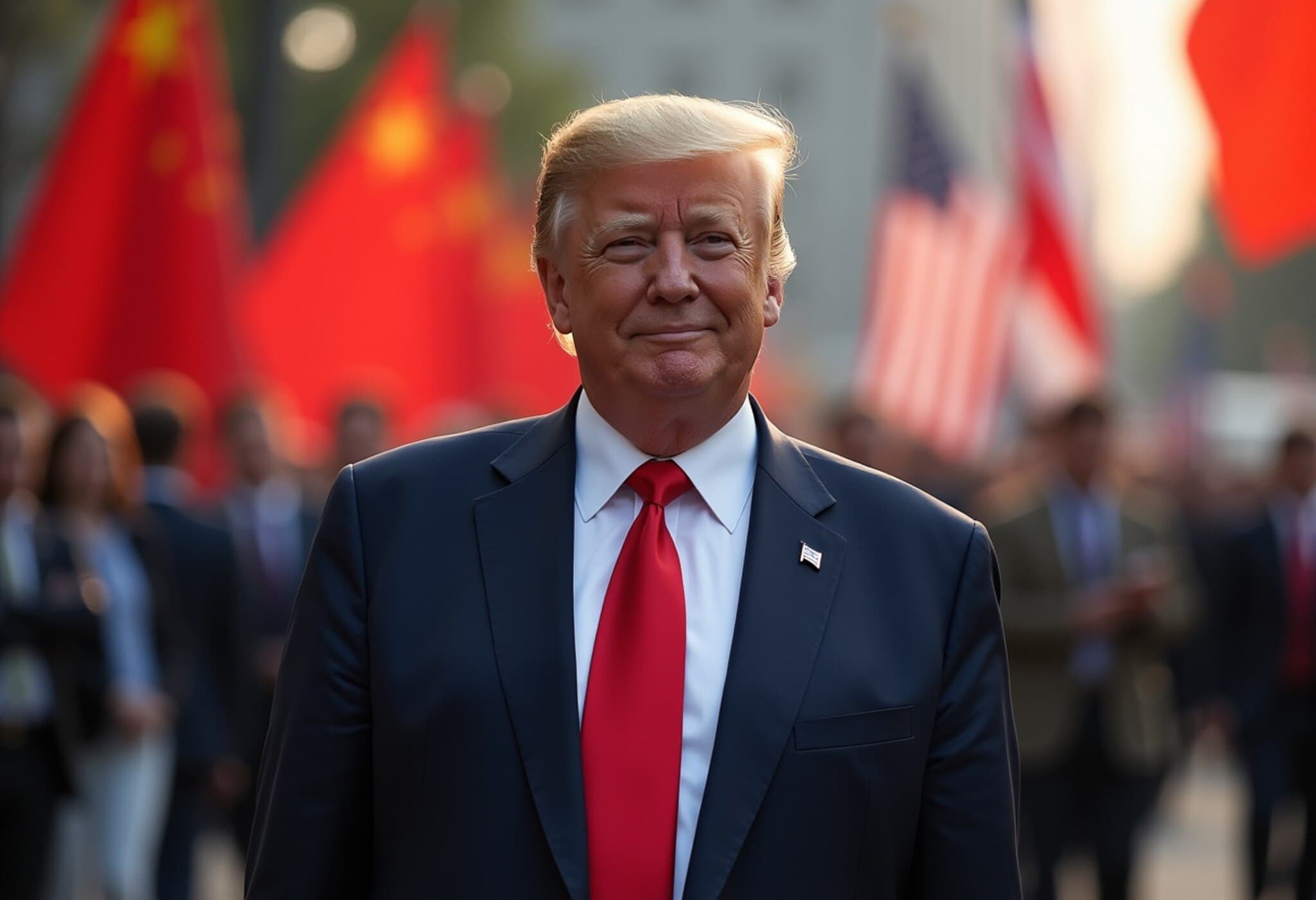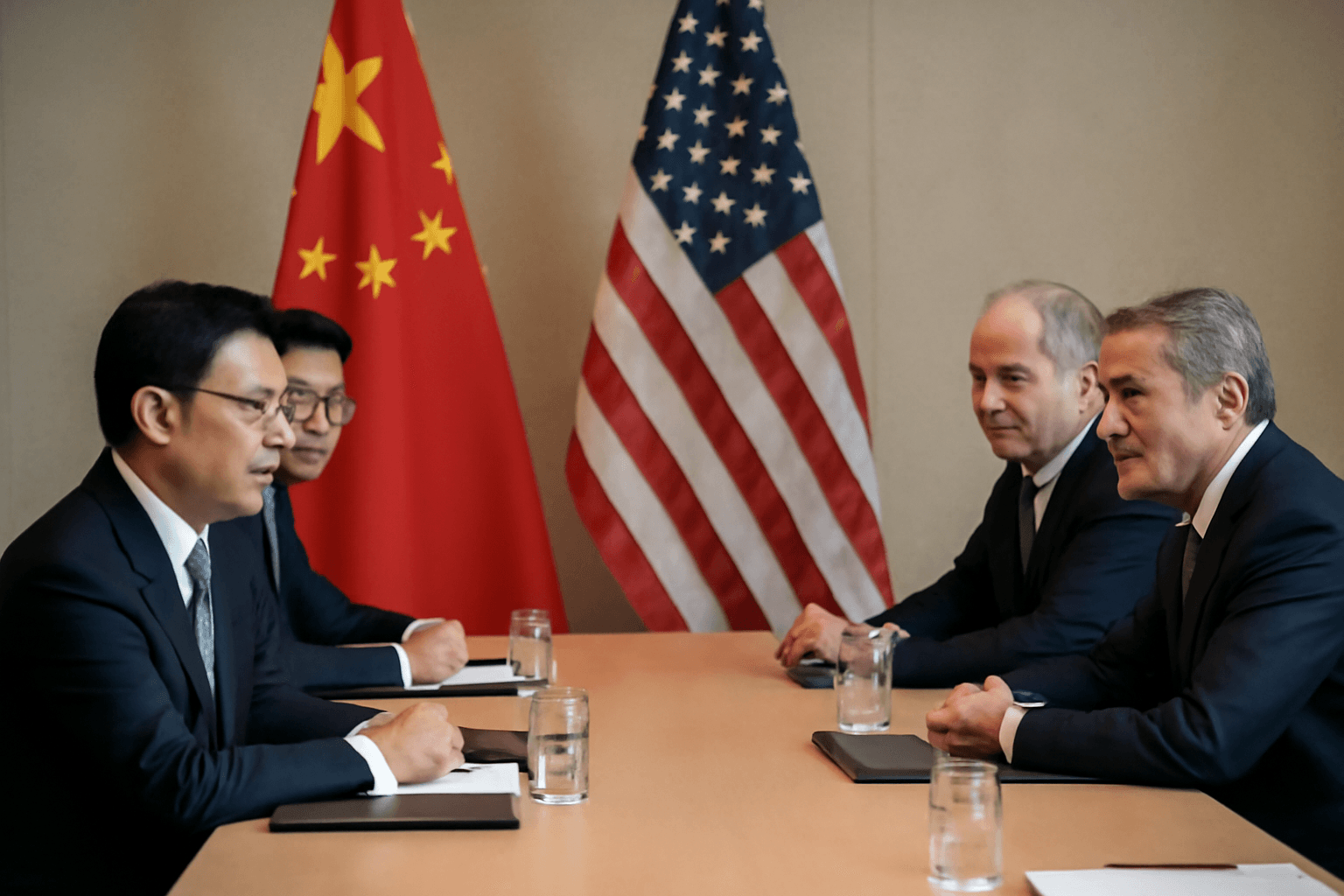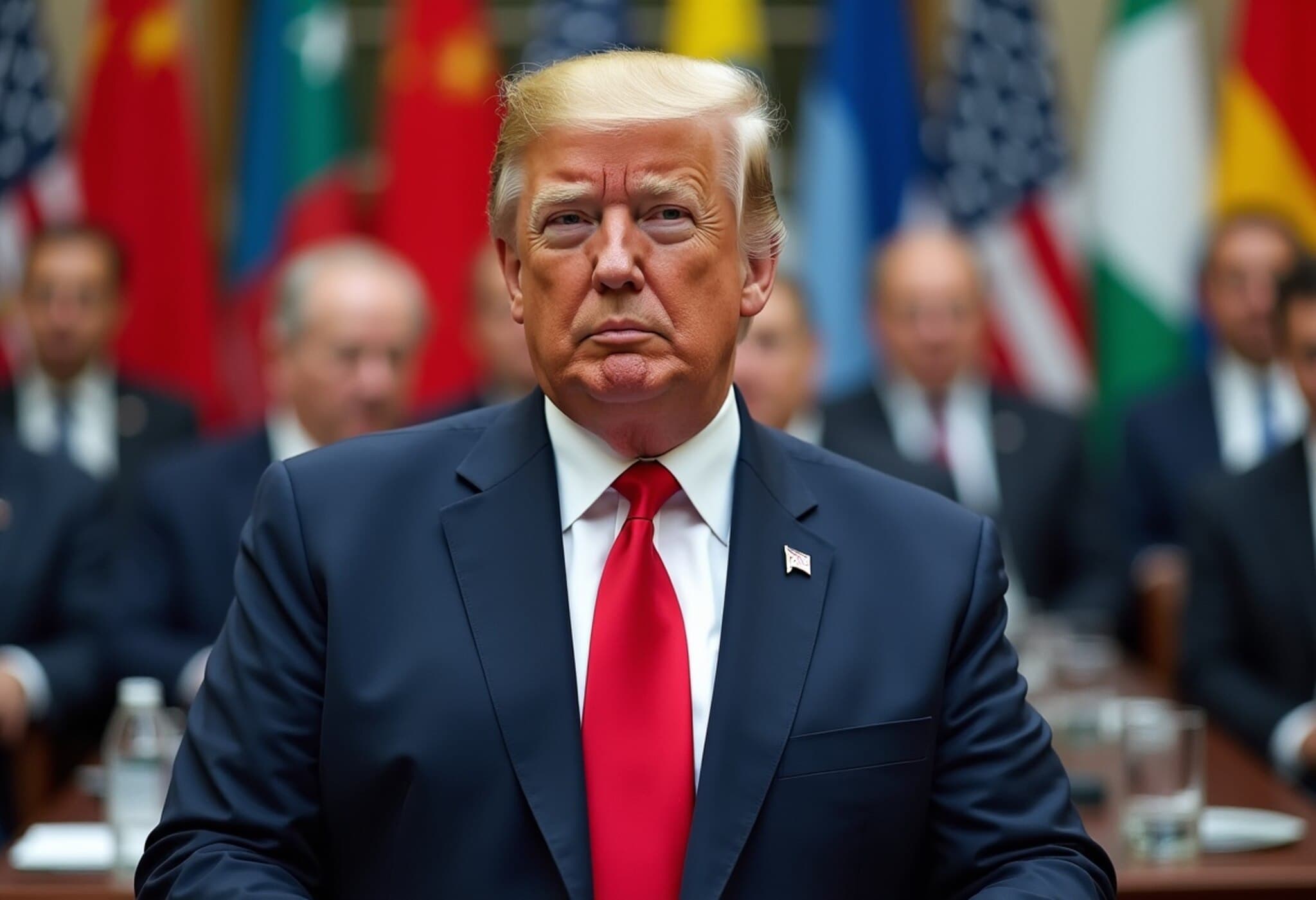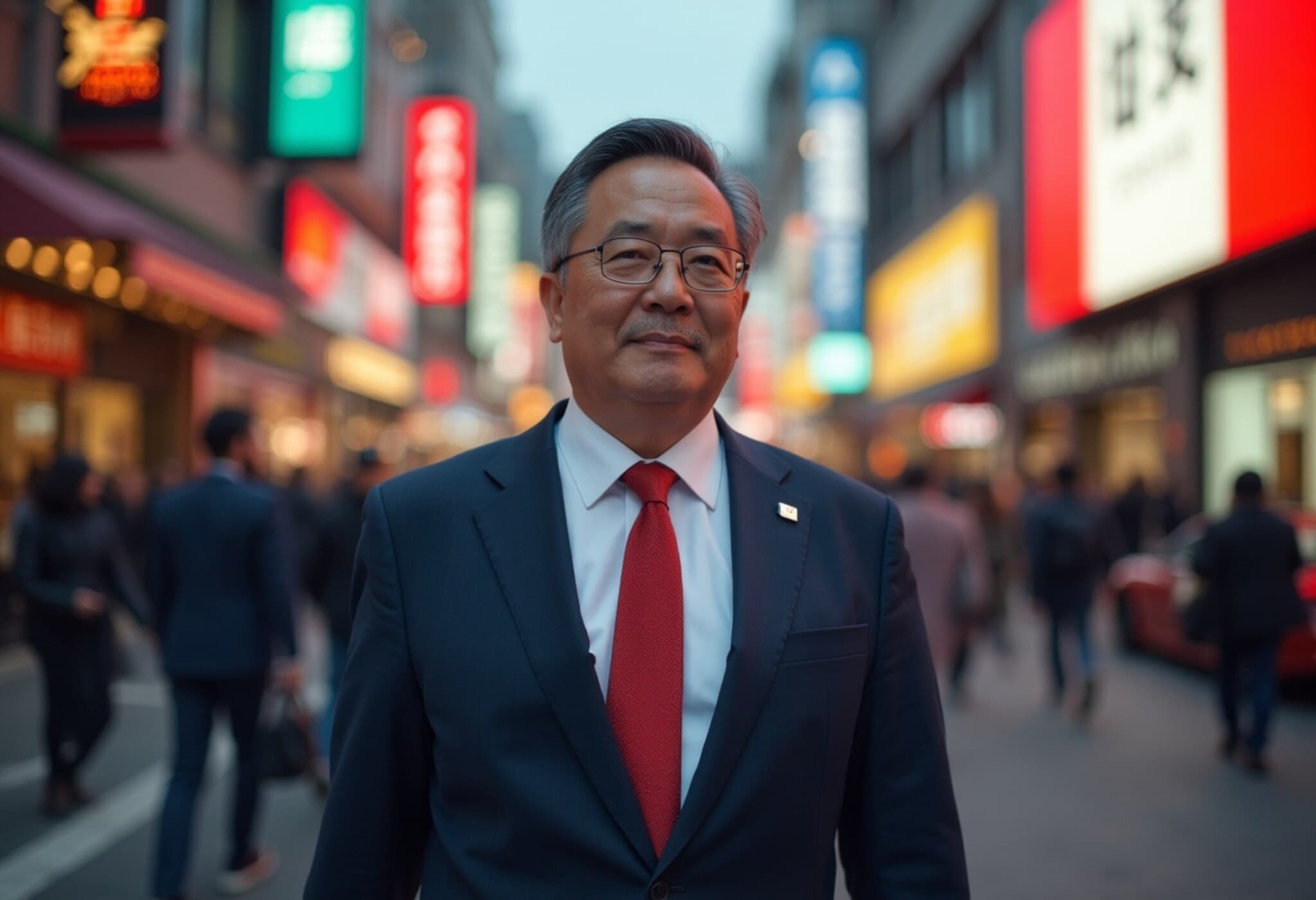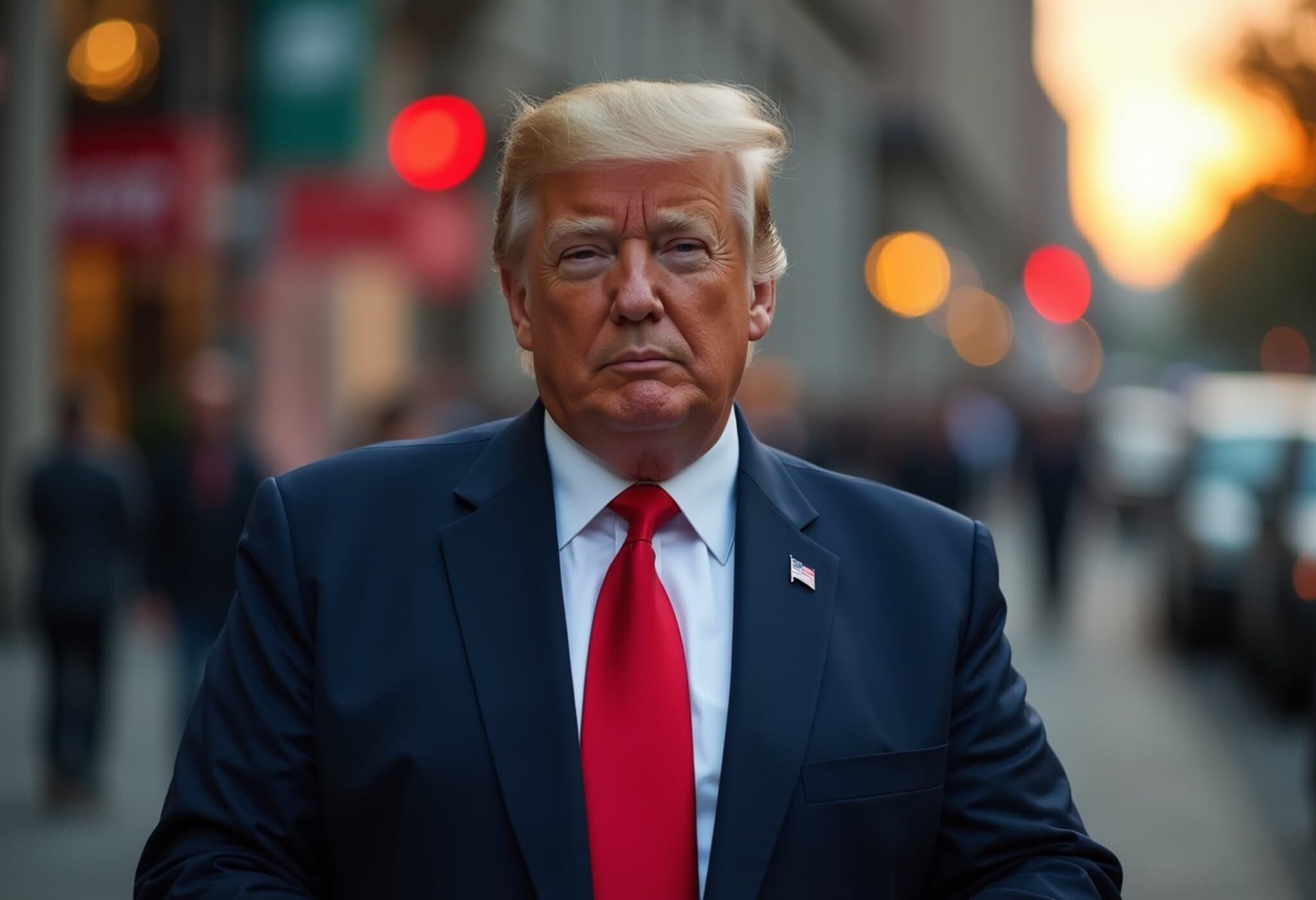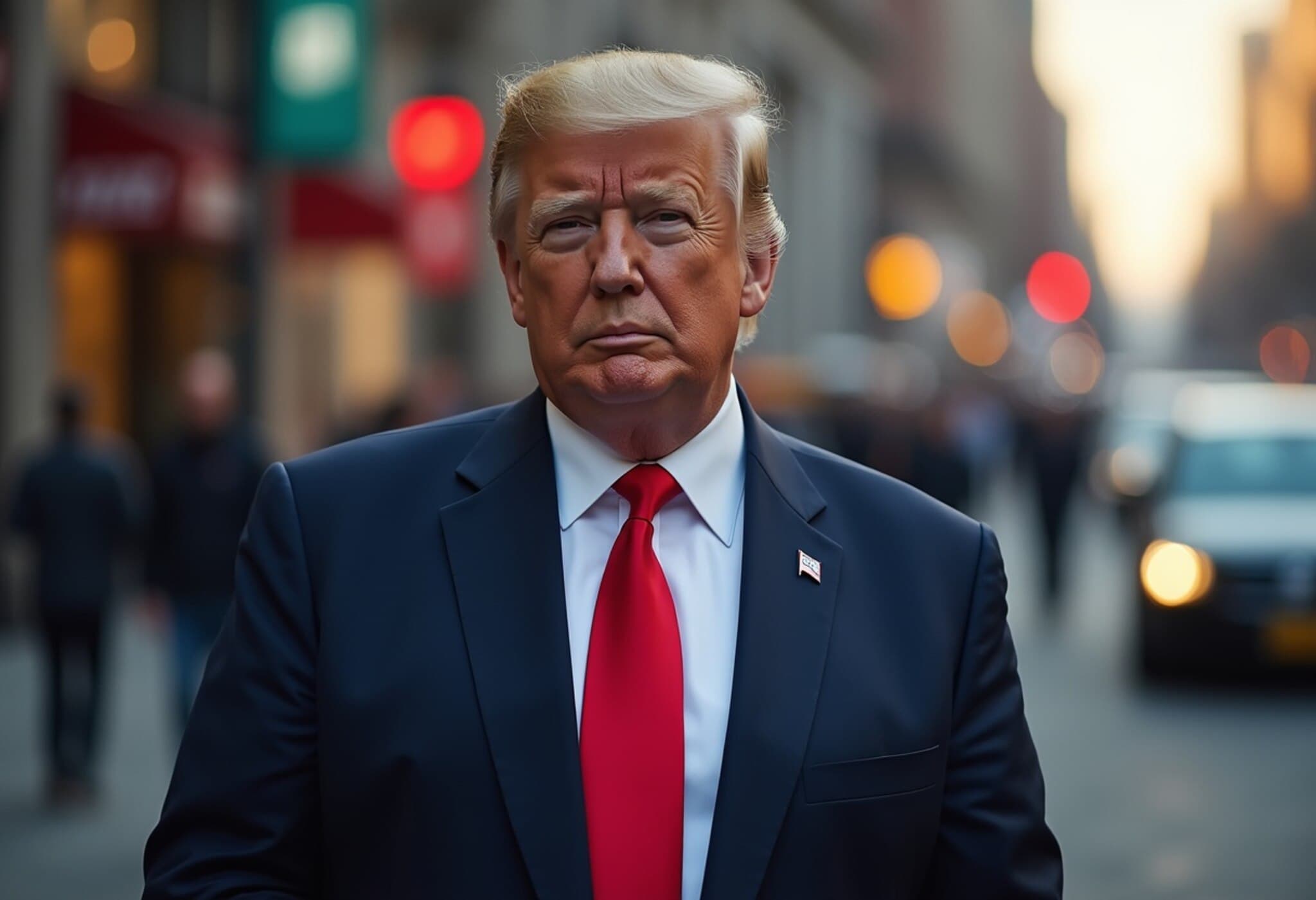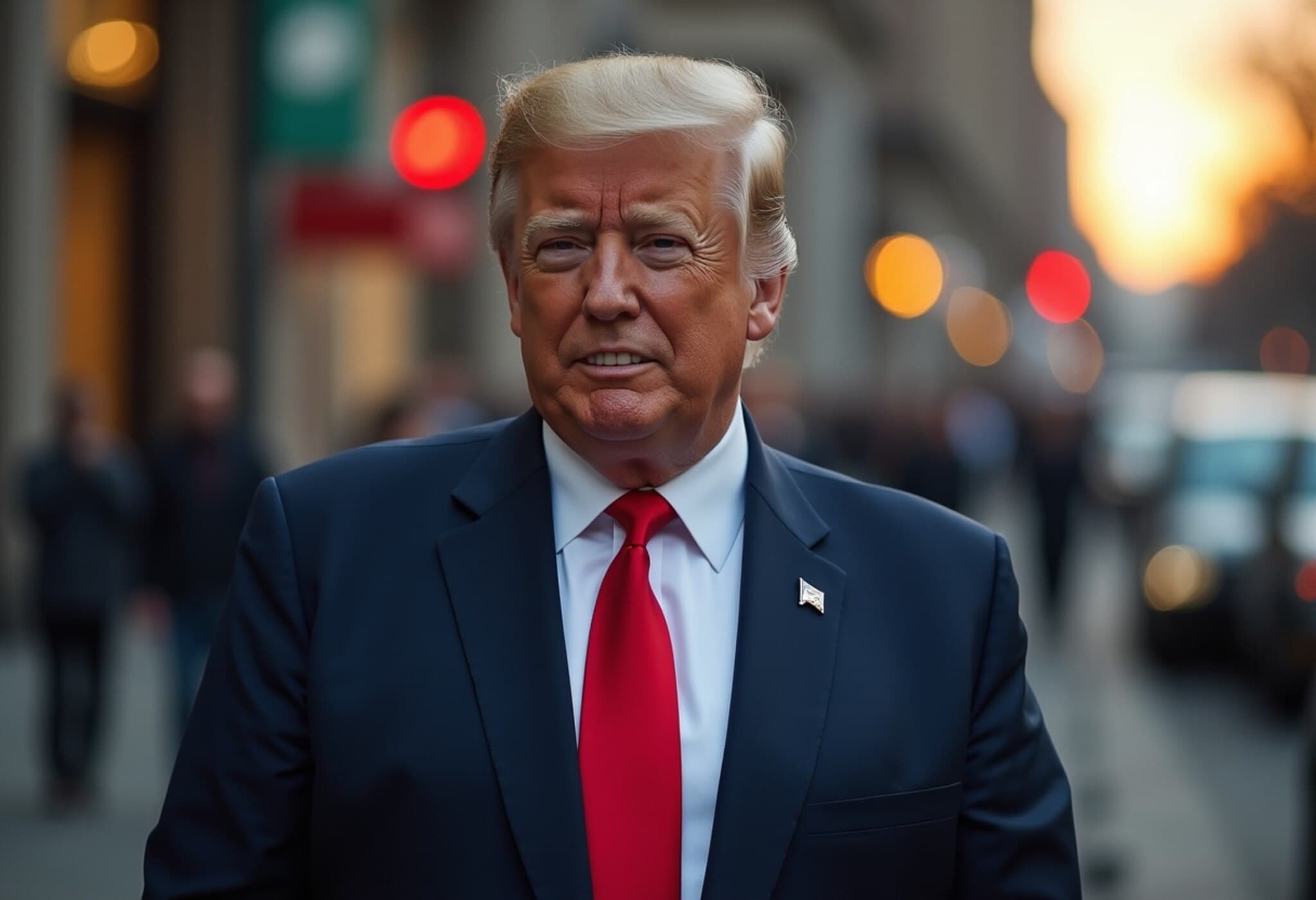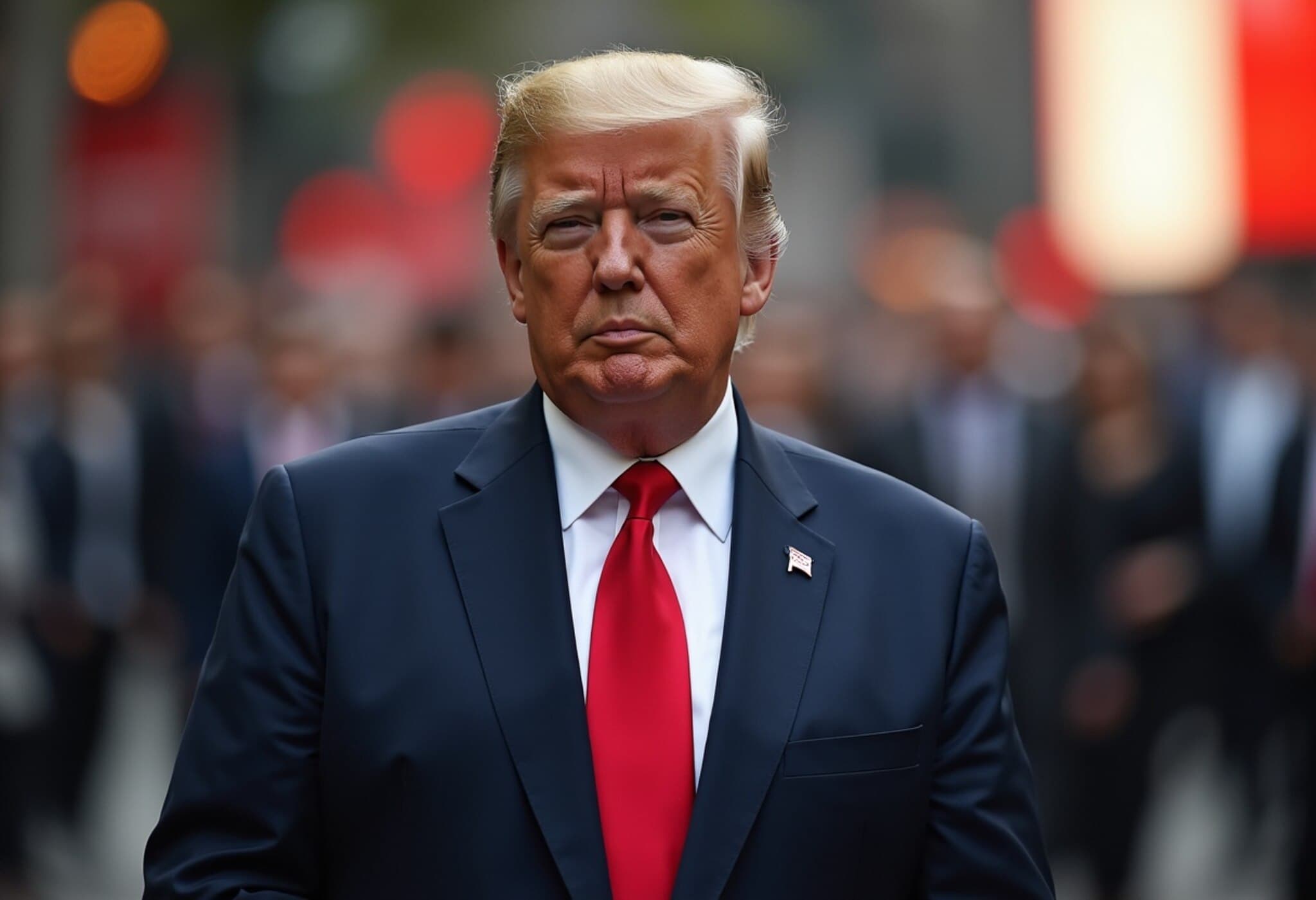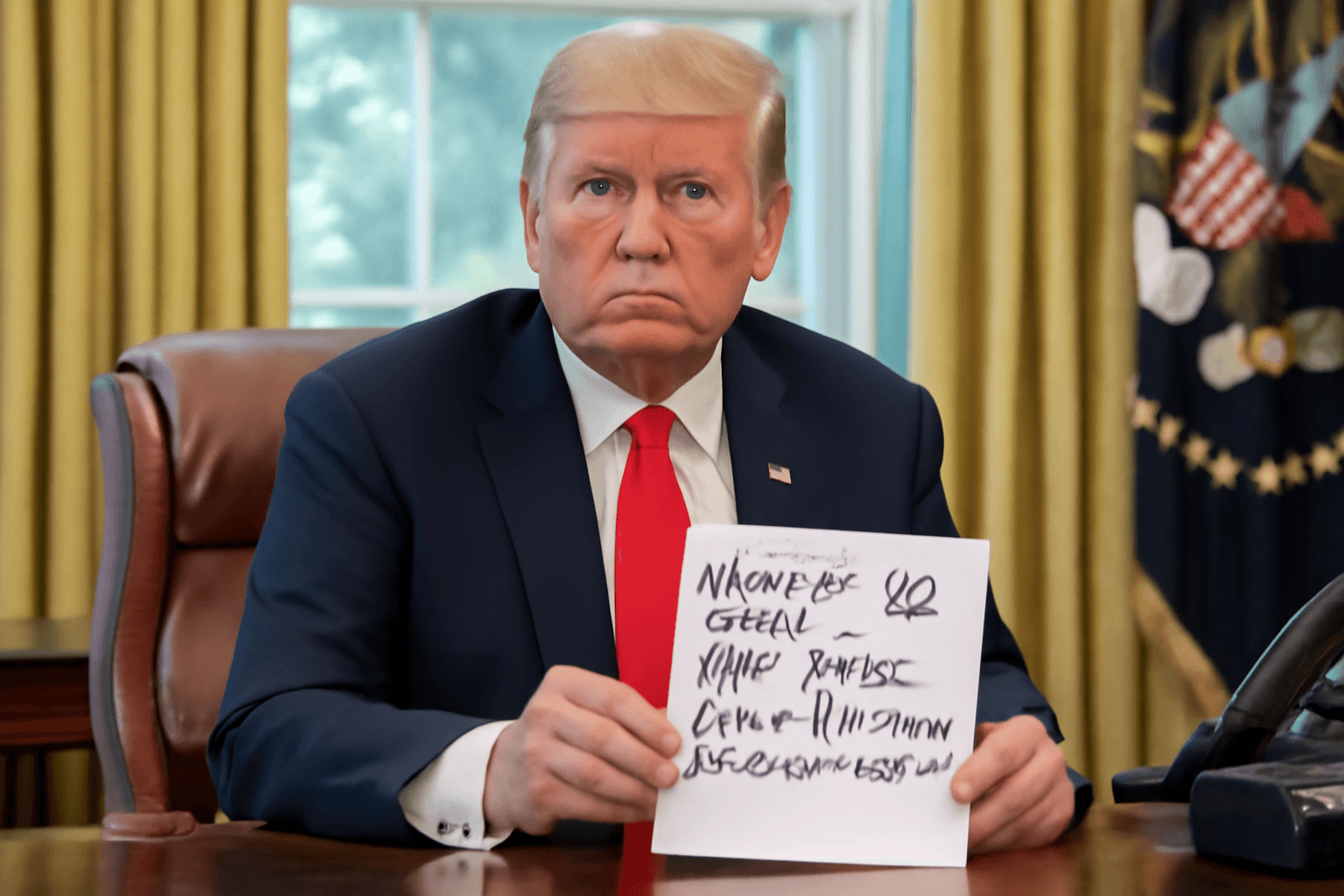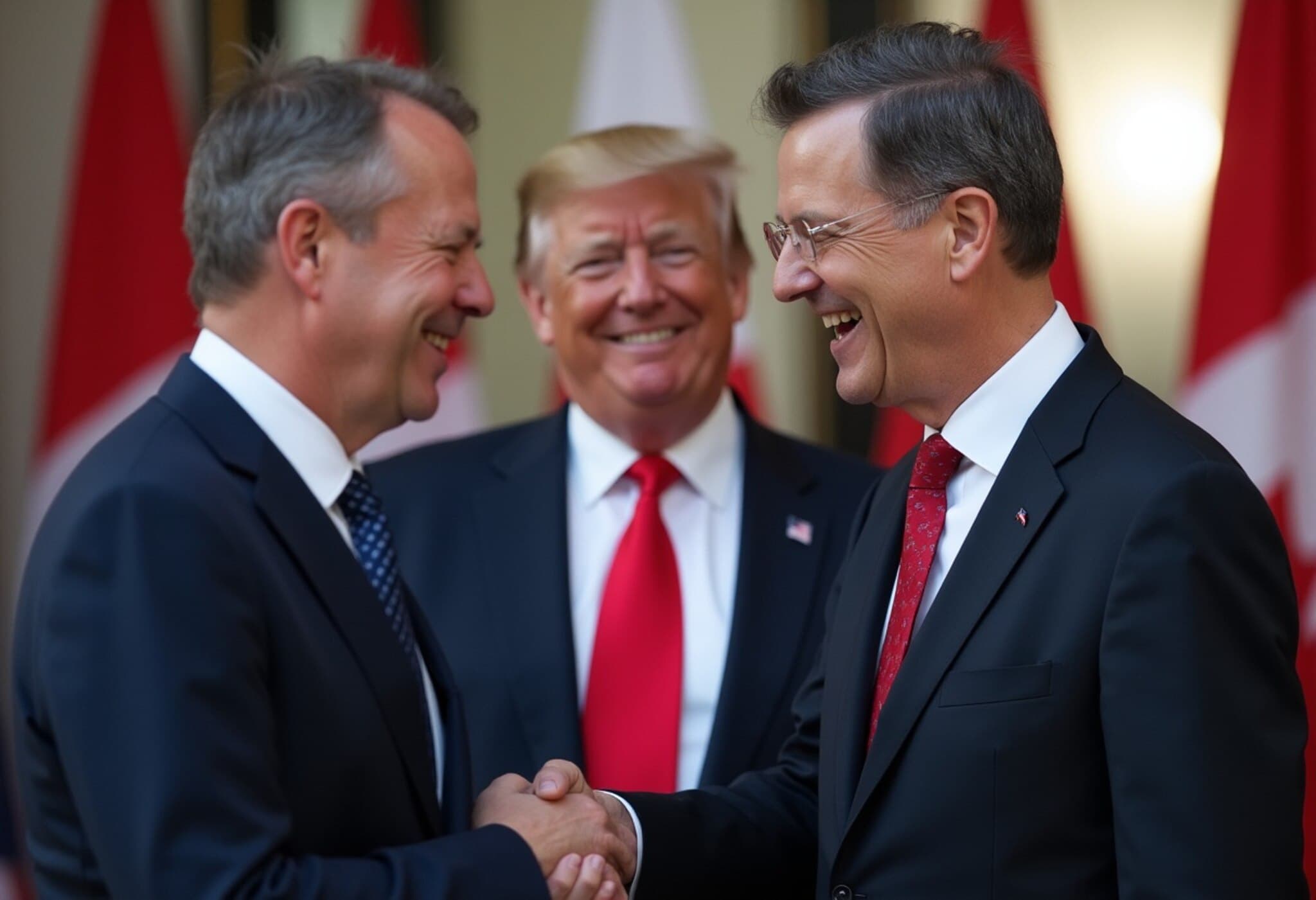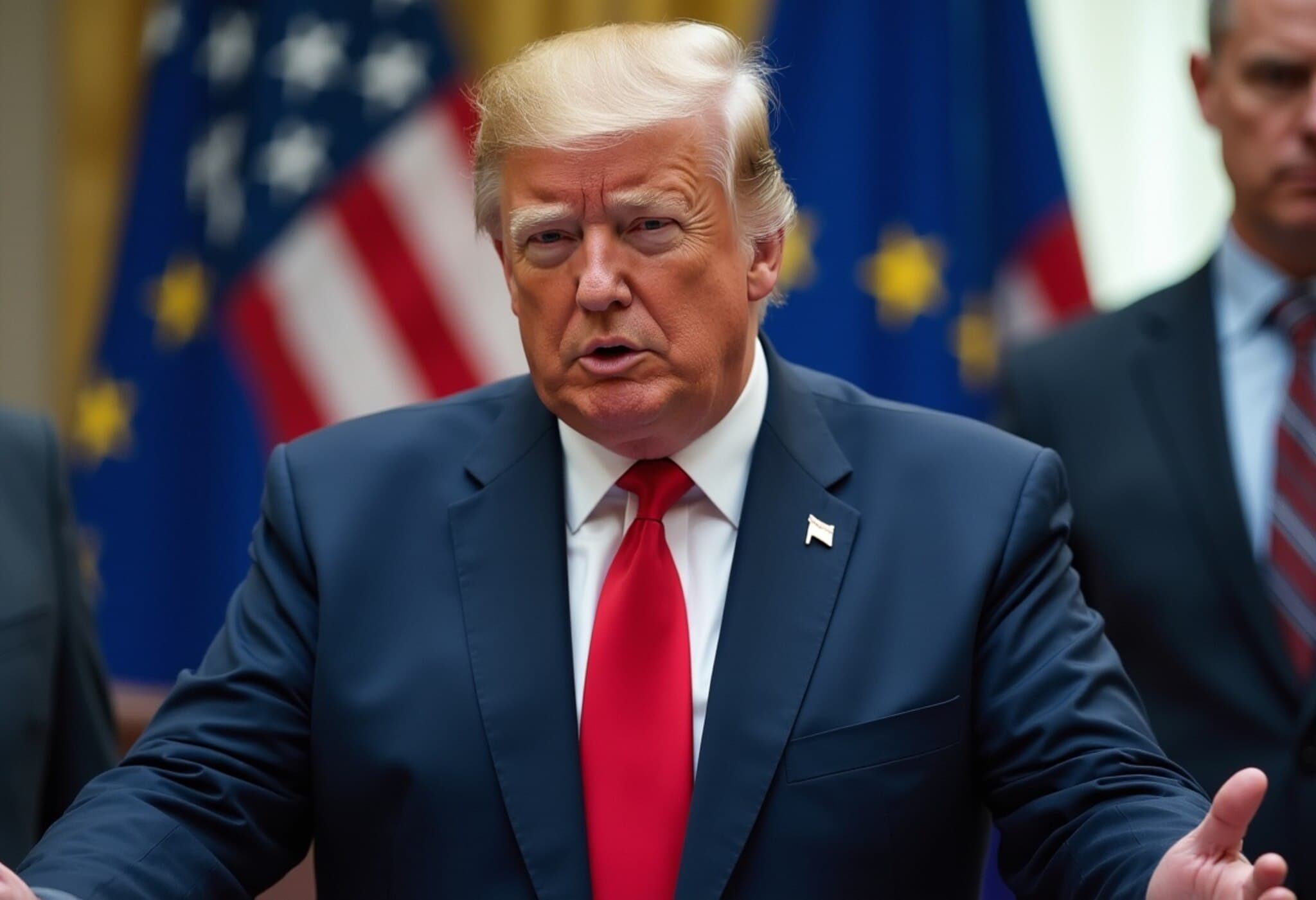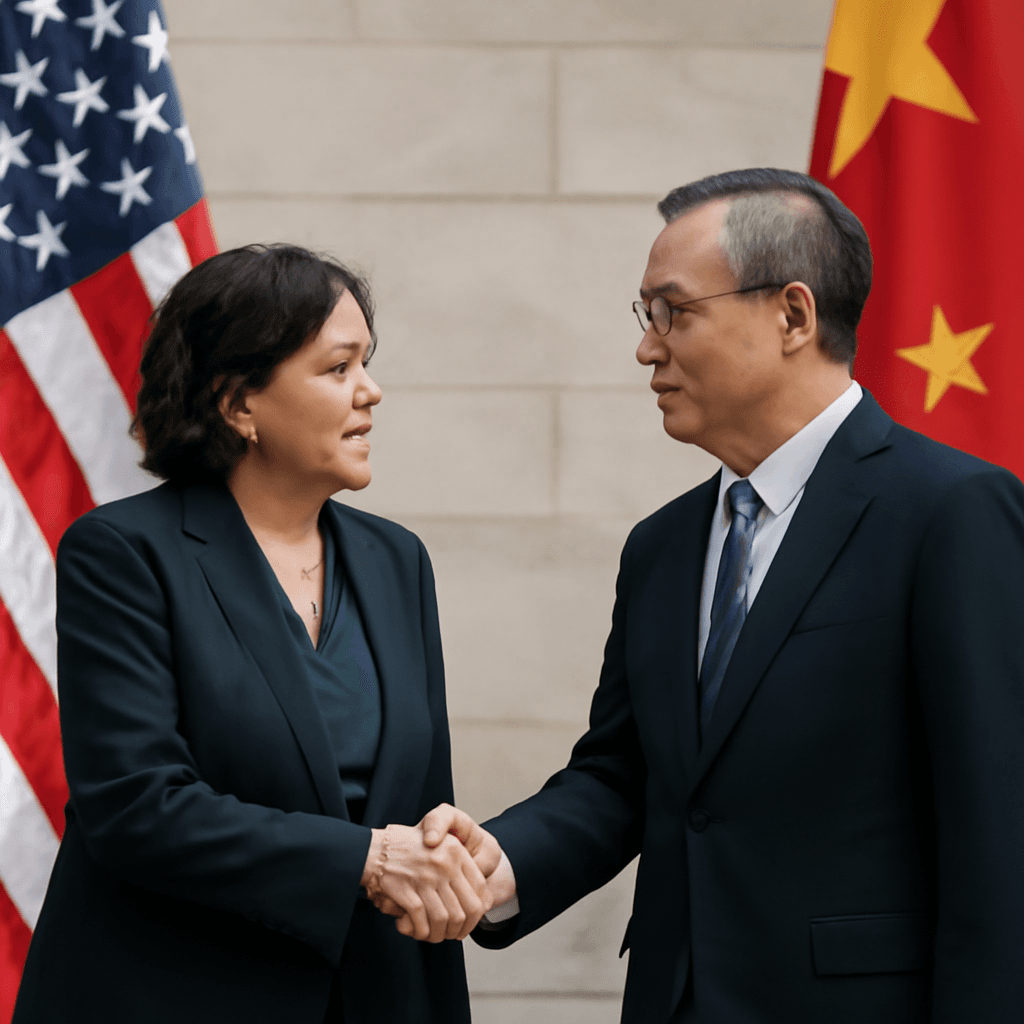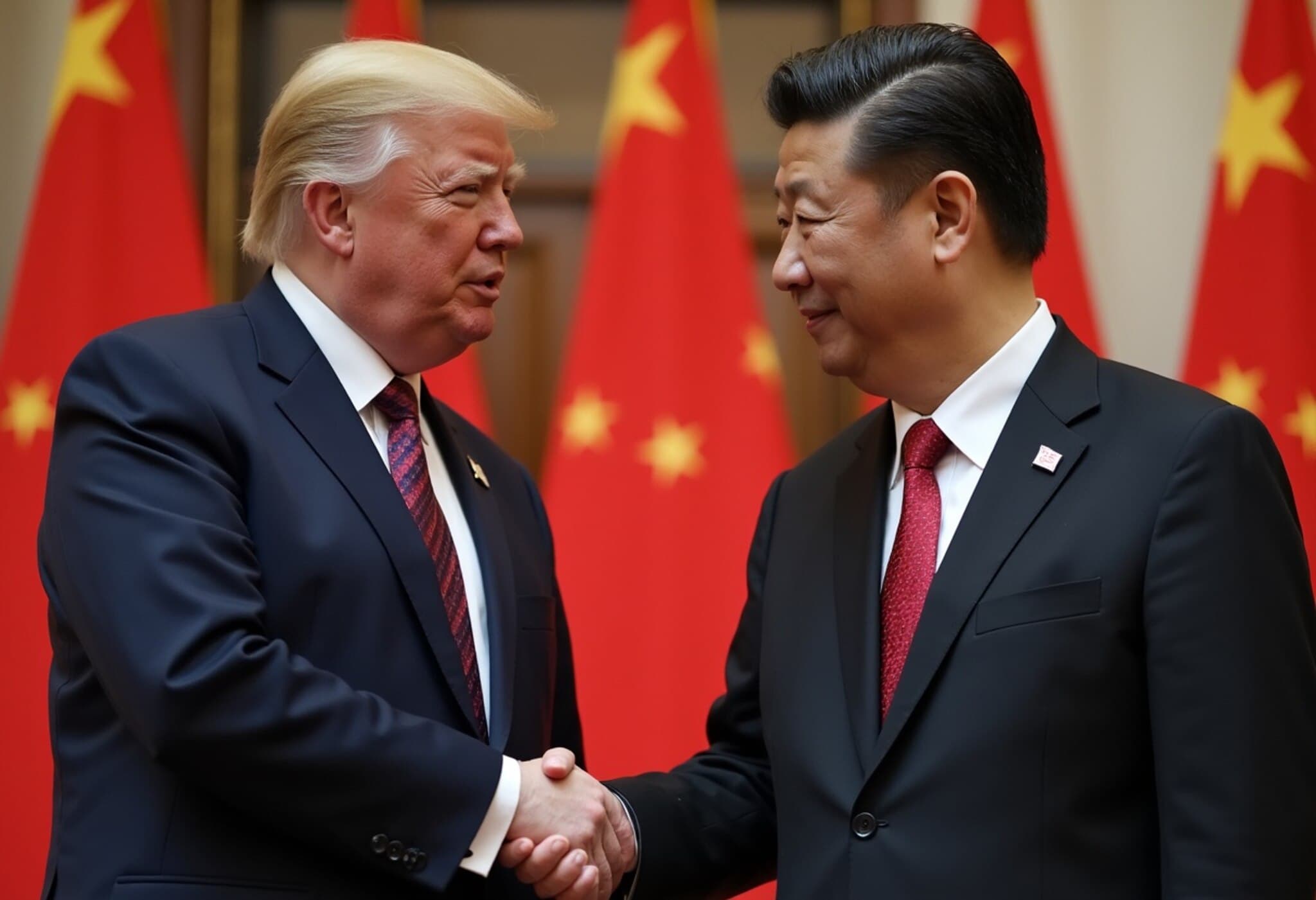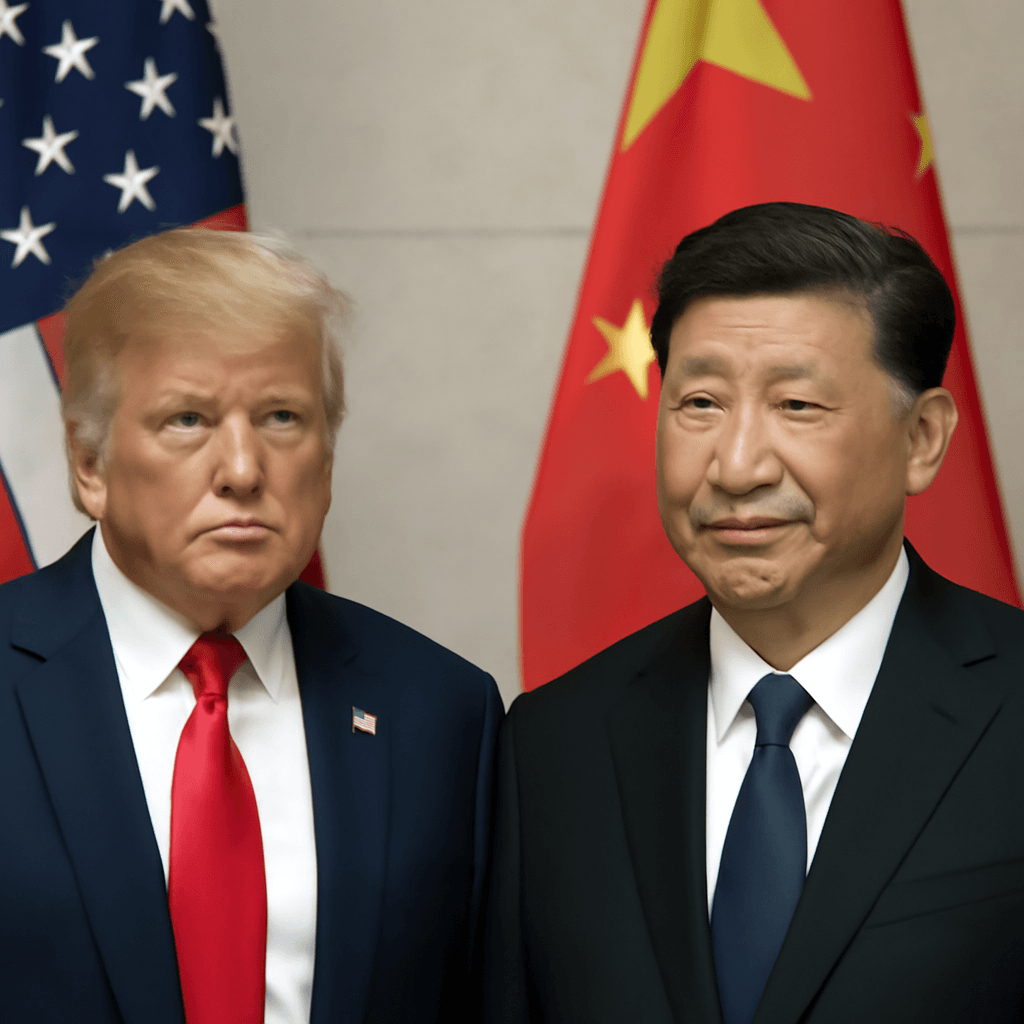China Temporarily Suspends Additional 24% Tariff on US Imports
In a significant development amidst ongoing US-China trade tensions, China has announced the temporary suspension of an additional 24% tariff on a range of American goods. This move follows US President Donald Trump’s recent executive order extending a trade truce between the two economic giants through November 10, 2025.
Details of the Tariff Suspension
The Customs Tariff Commission of China’s State Council revealed on August 12, 2025, that it will suspend 24 percentage points of the elevated tariff rates implemented earlier this year. This tariff reprieve will last for 90 days starting from August 12, while maintaining a residual 10% tariff on affected US products.
Chinese authorities also confirmed they would continue to suspend or remove non-tariff barriers imposed on US goods, aligning with commitments made under the joint Geneva agreement. These steps mark an ongoing effort to ease escalating trade frictions which have roiled global markets and supply chains.
Background: The Trade Truce and Previous Tariffs
Earlier in 2025, the US and China—two of the world’s largest economies—had exchanged tit-for-tat tariff hikes on hundreds of billions of dollars’ worth of goods. The US tariffs on certain Chinese imports, if allowed to escalate as scheduled, would have surged to an eye-watering 145%. Correspondingly, China's retaliatory tariffs could have hit 125% on US exports.
President Trump’s latest executive order, announced on his social media platform Truth Social, effectively pauses these tariff increases for 90 days. This freeze reflects ongoing diplomatic negotiations aimed at resolving issues of trade imbalances, intellectual property protections, and market access.
US Perspective: National Security and Economic Concerns
The White House executive order explicitly cites the “large and persistent annual US goods trade deficits” with China as an “unusual and extraordinary threat” to national security and the US economy. The document acknowledges ongoing bilateral discussions focused on achieving fairer trade reciprocity and highlights China’s incremental steps to address American grievances.
Expert Analysis: What This Means Going Forward
- Temporary relief for businesses: Suspension of steep tariffs alleviates immediate cost pressures on US companies dependent on Chinese imports and vice versa.
- Signaling goodwill: Both sides appear committed to creating a stable environment conducive to further dialogue rather than unchecked escalation.
- Underlying tensions remain: Despite de-escalation, core disputes over market access, technology transfer, and intellectual property persist, warranting cautious optimism.
From an American economic policy perspective, this extension also buys time for lawmakers and industry stakeholders to evaluate the long-term impacts of trade restrictions imposed over recent years. Meanwhile, negotiations must reconcile protectionist pressures with the complex interdependence of the US-China economic relationship.
What’s Next in the US-China Trade Relationship?
Analysts warn that while tariff suspensions provide breathing room, the journey towards a lasting trade agreement will require substantial compromises on both sides. Key upcoming challenges include:
- Establishing enforceable intellectual property protections
- Addressing subsidies and state-owned enterprise advantages in China
- Ensuring equitable market access for American firms
- Balancing national security concerns with open trade dynamics
For American consumers and businesses, this development temporarily softens trade-related cost uncertainties but does not eliminate the broader geopolitical complexities.
Editor’s Note
The recent extension of the US-China tariff truce and China’s 24% tariff suspension underscore both the fragility and necessity of constructive dialogue in global trade relations. This episode highlights the intricate balance between safeguarding national economic interests and embracing the interconnectedness of global markets.
Going forward, stakeholders should watch for progress beyond tariff negotiations—especially on structural reforms and enforcement mechanisms—that truly address the root causes of friction. As the world’s two largest economies vie for influence, the nature of their trade policies will reverberate far beyond their borders, impacting global supply chains, innovation ecosystems, and economic stability.
Key questions remain: How will the US and China manage competing strategic priorities without triggering renewed economic escalation? Can temporary tariff suspensions evolve into a durable framework that benefits businesses and consumers on both sides? And how might these dynamics reshape the future of international trade governance?

